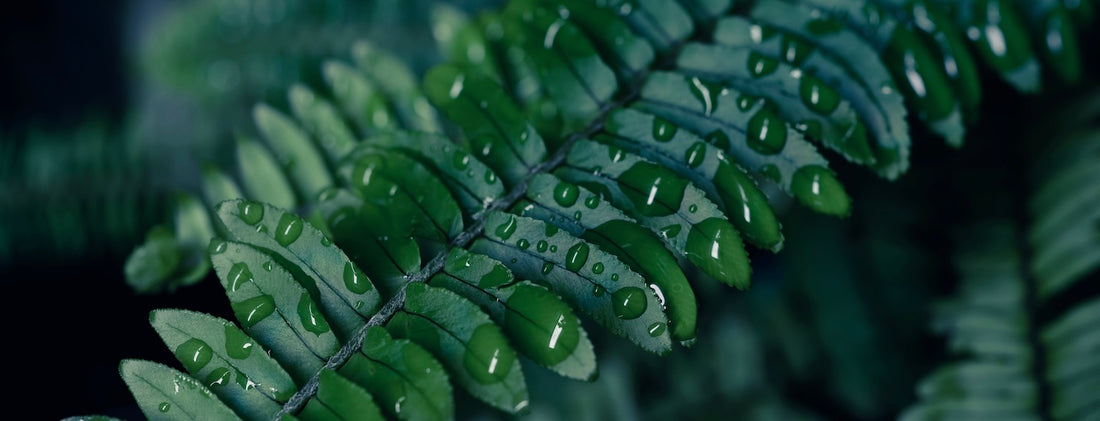How does humidity effect my plants?
Note: this tutorial is designed for growers using hydroponic nutrients.
The humidity in the grow room will determine how your plants transpire. This directly relates to your plants ability to consume nutrients and water.
If your humidity is too high or low, your plants will be over or under transpiring, forcing your plant to over or under consume liquids, leading to acute nutritional problems if you are not prepared or aware of how to deal with the situation.
When your environments humidity is very low, your plants will 'drink' (uptake) significantly more liquids than usual, increasing the quantity of elements and nutrients it consumes, up to and past the point of a safe level for the plant to handle. This can quickly lead to nutrient burn and lock out in a very short period of time, often within a day.
When your room humidity spikes to a high % (80% and above), the opposite reaction will occur creating an environment that will force your plants transpiration to come to a halt, forcing a significant drop in uptake of liquids (relative to temperature, see our VPD tutorial below for more info). This drop in liquid uptake will now allow nutrient salts (elements) to build up in the rootzone as the plants consumption rate has now dropped, eventually leading to a toxic environment that will stunt growth and lead to nutrient burn and lock out. This build up is much slower in effect compared to when your humidity is very low, allowing for more time for the grower to deal with this issue with a simple water flush.
For a further understanding of how humidity and temperature effect your plants, we recommend this tutorial on Vapour Pressure Deficit (VPD) found here
How do I prepare for a high humidity weather spike?
If you are growing outdoors, in a green house or in an environment where you cannot control humidity, you are essentially a slave to the humidity provided by your local weather. In these circumstances its important you follow your local weather reports if you want to avoid potential nutritional issues, if you don't make adjustments to your feeding, you will likely encounter a nutrient lock out and burn that can result in stunted and damaged growth until corrected.
When you are aware of upcoming weather changes that will create very high (80% or above) or low (30% or below) humid environments, the best course of action is to mix up a fresh batch of nutrient solution that is heavily diluted with plain water, to roughly 25% of your current feed strength and flood your pots with this solution in replacement of their regular feed for that day.
The flooding of a diluted solution will help flush out excess salts and maintain a well diluted solution in your pots to prevent the build up and eventual lockout of nutrients within the root zone.
In the event of very low humidity on a hot day, the plant will drink excessively to maintain moisture levels and given the diluted solution we have now added, this will help prevent the plant from 'burning' through excessive nutrient consumption.
In the event of high humidity on a cold day, plants will drink what appears to be almost no water, as the atmosphere will be filled with water vapour, the plant will not be able to transpire and therefor will barely consume from its pot. The diluted solution we are adding will have the effect of flushing out any un-consumed nutrients and salts left in the pot and refreshing the water levels in the pot to a safe ratio (water:elements), where the plant will start to consume again once the humidity drops to lower range.
It is always a good idea to make sure you're aware of the next 2-3 days worth of weather in your area to stay on top of any potential issues humidity spikes can cause.
#growwithus




